2021.01.22 | By Gregory Nagy
§0. This essay, about imagining the existence of a courtesan in the songs of Sappho, refers not to various modern theories about references being supposedly made to courtesans by the “I” who speaks in her songs. It is, rather, about the imagined identity of Sappho herself in the ancient world. There existed, already then, various theories about the life and times of Sappho. I say theories, not facts, since I am convinced that the reception of Sappho’s songs can be reconstructed only as far back as the classical period of the fifth century BCE—or, at best, toward the end of the archaic period, around the last few decades of the sixth century. By that time, no historical information had survived about this persona who calls herself Sappho in her songs, and anything that was thought about her would have been based exclusively on what she says in her songs about herself and about her world, which Classicists date as far back as the last few decades of the seventh century BCE—so, about a century earlier. And what about the ancient theories? Well, some of the things that this woman said in her songs could lead to a suspicion—if not a full-fledged theory—that Sappho herself was a courtesan. I use the word ‘courtesan’ here as a translation of ancient Greek hetairā, but I will have to fine-tune what I mean in what follows. And, for my fine-tuning, I will find it useful to engage in a cross-cultural comparison with a fictional courtesan dating from the Romantic period in modern times. I have in mind a French courtisane who goes by two different names: she is Marguerite Gautier, “The Lady of the Camellias,” featured in a play (La Dame aux Camélias, première 1852) by Alexandre Dumas fils—who was himself the son of a courtesan—but she is also Violetta Valéry, the musical double of Marguerite, featured in an opera inspired by the play. The opera is La Traviata (première 1853), with music by Giuseppe Verdi and with libretto by Francesco Maria Piave.
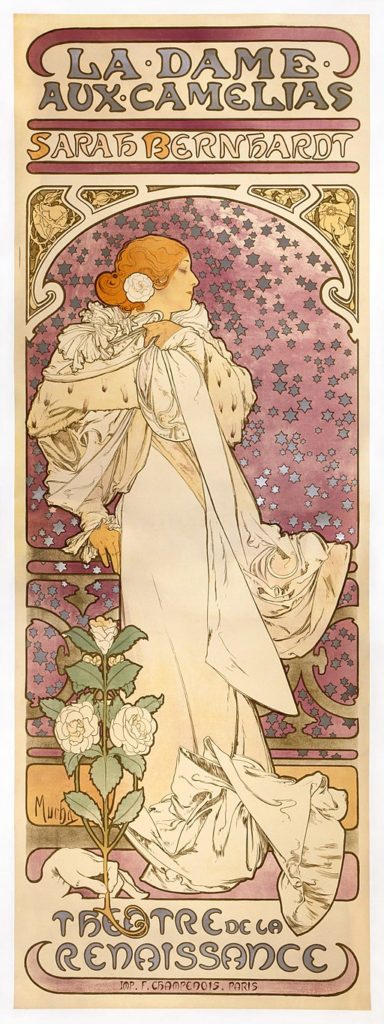
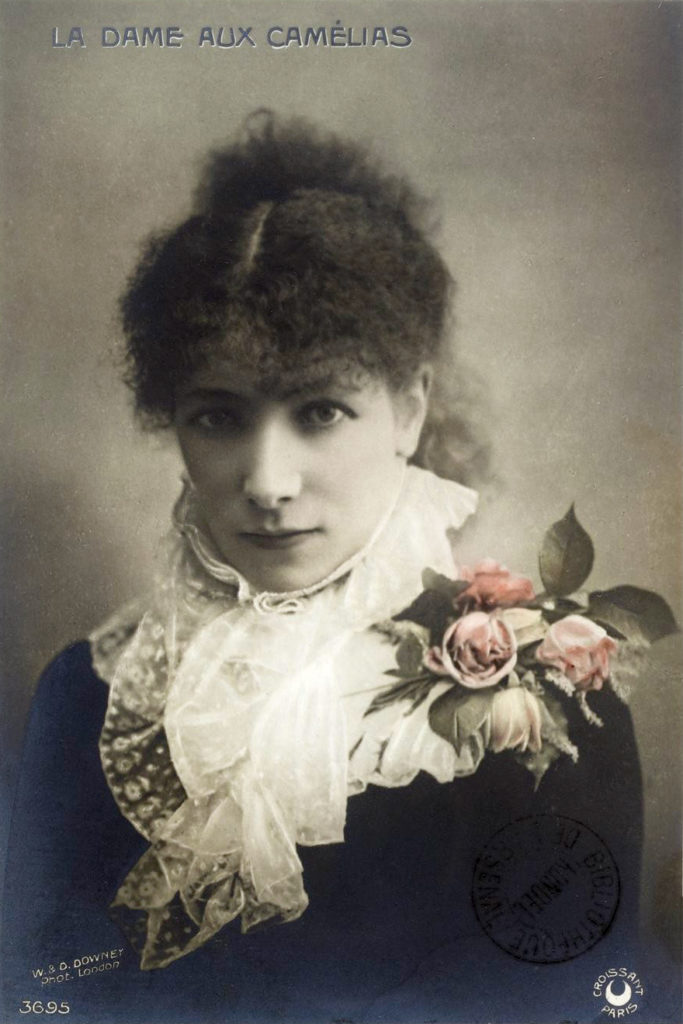
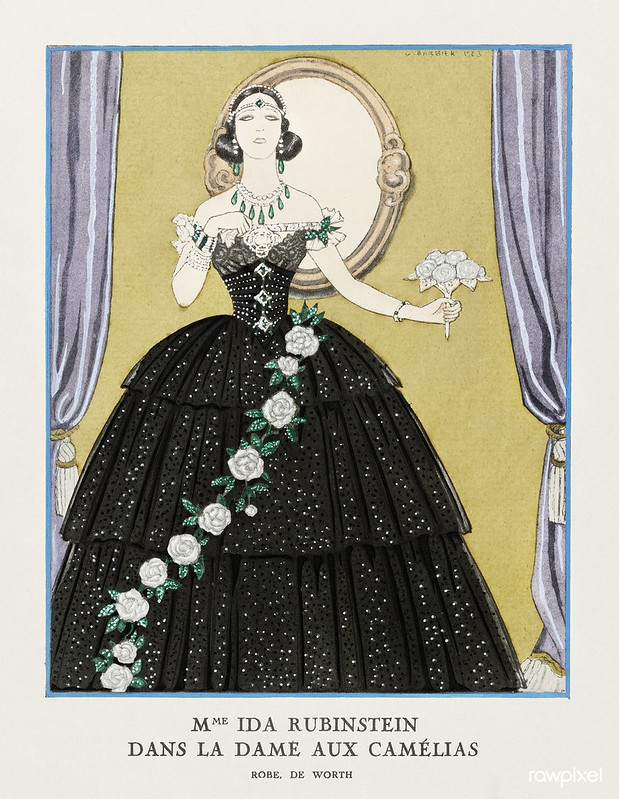
§1. In a previous essay (Nagy 2021.01.15, linked here), I have already referred to one example of the suspicion, as voiced in the ancient world, that Sappho may have been a hetairā—and, for the moment, I will continue to interpret this word hetairā as ‘courtesan’, though I intend to fine-tune my interpretation as I proceed. The example comes from Aelian, in his so-called Varia Historia (12.18-19), where we find an abridged retelling of a myth about the love of the immortal Aphrodite for a mortal male beauty named Phaon. After his retelling, Aelian speculates that there may have existed a second Sappho—a woman who was not the decorous female poet once praised by Plato but, instead, a hetairā or ‘courtesan’. By implication, Aelian imagines that the decorous Sappho would not have composed a song about the erotic adventures of Phaon. These adventures, as Aelian himself narrates, were the boy’s adulterous affairs with married women in the city of Mytilene on the island of Lesbos—women who had fallen madly in love with the beautiful young moikheúōn ‘adulterer’, as Aelian describes the boy.
§2. But Aelian here in the Varia Historia (12.18-19) reads too much into Plato’s wording in Phaedrus 235bc, where the reference to Sappho and Anacreon (235c) simply continues an earlier reference to women as well as men who are described as sophoi (235b). In this context, I would interpret such a description of Sappho and Anacreon to mean simply ‘skilled in poetry’, without any implication of decorum as a sign of ‘wise’ self-restraint. So, Plato’s wording may indicate simply that Sappho and Anacreon were paragons of erotic poetry.
§3. I will have more to say in an essay still to come about the eroticism of poetry attributed to Anacreon, whose songs reveal the earliest phases of poetic reception for the songs of Sappho (on this reception, I resolutely stand by what said in Nagy 2007:225–232, linked here). For now, however, I focus only on the songs of Sappho, which reveal an eroticism that is not tied to marital status. To put it another way, there are some tricky extramarital as well as marital and premarital dimensions to be found in the poetics of Sappho, and, in terms of my ongoing argument, even the extramarital dimensions are exemplified by the goddess Aphrodite herself, described in Song 1 of Sappho as doloplokos, an epithet that I interpret as ‘weaver of tricks’ (line 2: δολόπλοκε).
§4. The neck-deep involvement of Aphrodite not only with Phaon but also with Adonis exemplifies such ‘tricks’ (as I argued in a previous essay, Nagy 2021.01.15, linked here). Also, just as the merry wives from Lesbos, as we read in the story retold by Aelian, find it impossible to resist the sexual attractiveness of Phaon and proceed to have affairs with him, thus tricking their husbands, so also the merry wives in the Lysistrata of Aristophanes run off to the festival of Adonis, staged on top of the acropolis in Athens, tricking their frustrated menfolk—at least, for the moment.
§5. The festive merriment of the wives who have occupied the acropolis of Athens in the Lysistrata of Aristophanes is matched by the merry festivities we see being depicted by the Meidias Painter in an elaborate scene marking the moment when Adonis has been brought back to life by the love of an amorous Aphrodite. As I showed in the very first of my essays involving the Meidias Painter (Nagy 2020.10.30 §5, linked here), the climactic centerpiece of this scene pictures a revived Adonis being cradled in the lap of his loving Aphrodite, and I show the scene again here:
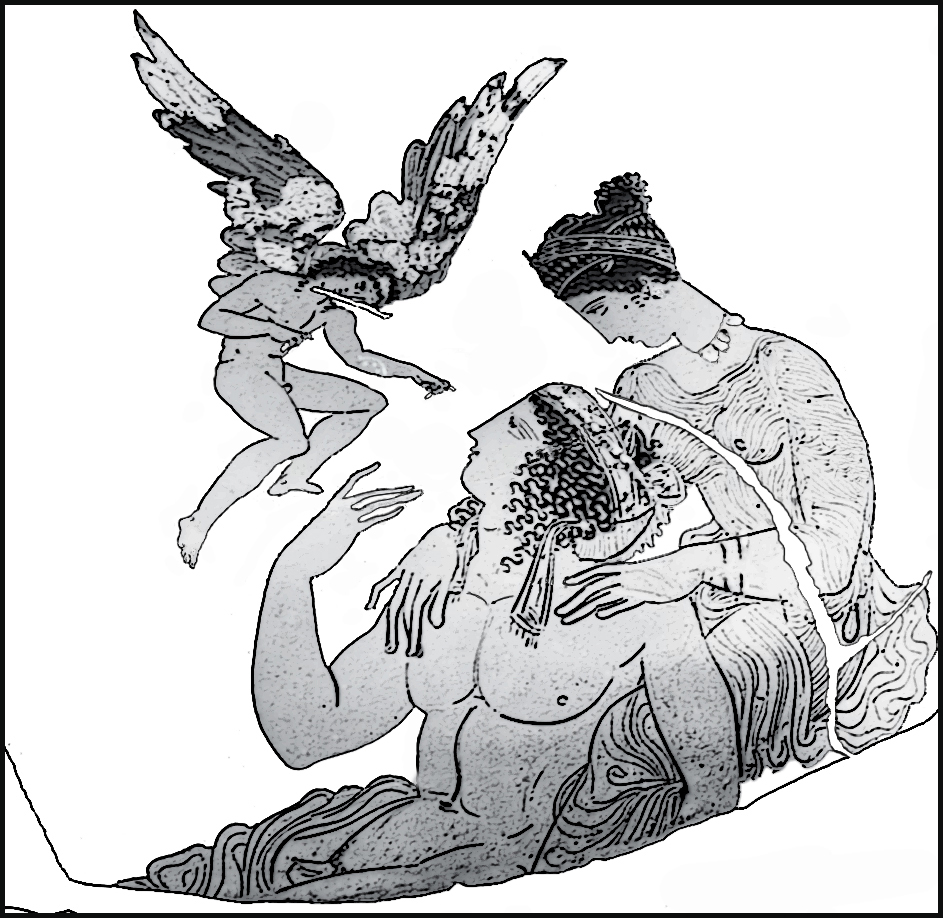
§6. But now I draw attention to something else that is happening at this moment of merriment as painted by the Meidias Painter. Off to the side, to our right, beyond the centerpiece that shows the amorous pairing of Adonis with Aphrodite, we see in this painting another female beauty, and the adjacent lettering names her as Pannychis [Pannukhis], who is pictured in the act of beating out on a tambourine the rhythm of a song while festively holding a garland and gazing amorously at a cupid or Eros, whom the adjacent lettering names as Himeros or ‘Desire’ personified, and the pretty boy responds by dancing to the beat of the tambourine (commentary by Burn 1987:40). I show again a close-up here (repeating what I had shown in an earlier essay, Nagy 2020.11.06, linked here):
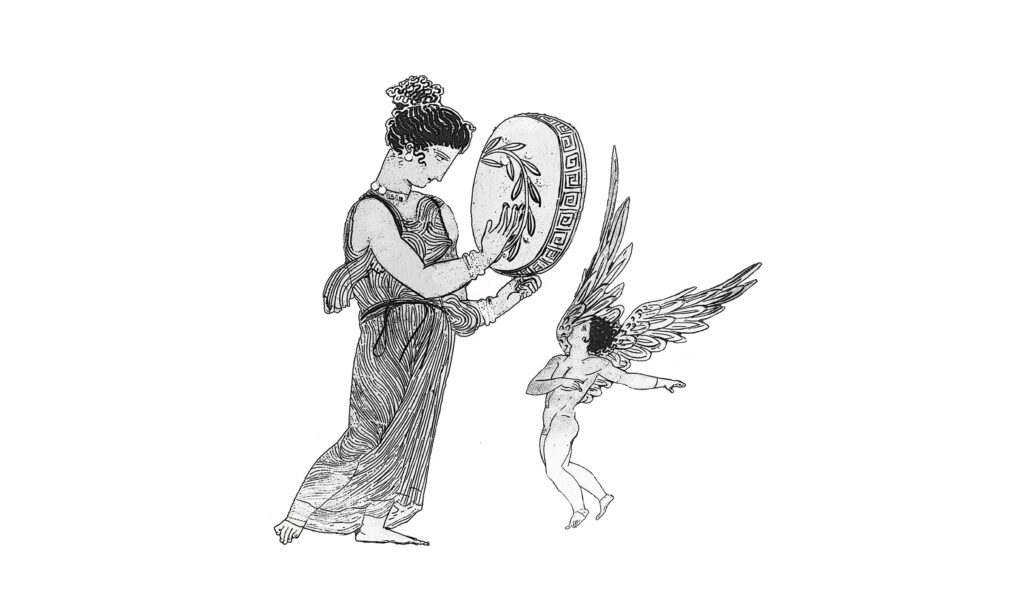
§7. The picturing of this female beauty named Pannychis as she beats out on a tambourine the rhythm of a song unheard and, sadly, now forgotten, recalls for me my own fond memories of that unforgettable song “Beat out dat rhythm on a drum” as sung by Pearl Bailey in the film Carmen Jones (1954: https://www.youtube.com/watch?v=88rRu4F1WK0). For the “original,” from the Carmen of Georges Bizet (première 1875), with libretto by Henri Meilhac and Ludovic Halévy, I recommend a rendition by Maria Callas, linked here.
§8. But who, again, is this female beauty named Pannychis, beating out on her tambourine the rhythm for the dance of Eros? As I argued in that same essay where I started engaging for the very first time with the Meidias Painter (again, Nagy 2020.10.30 §9, linked here), this beautiful lady by the name of Pannychis is the personification of all-night merriment at festive moments that are actually pictured in songs of Sappho, where the verb pannukhizein, which I propose to translate as ‘have a merry time all night long’, is actually attested (παννυχισδο.[.]α̣.[…] in Fragment 30.3 and [παν]νυχίσ[δ]ην in Fragment 23.13).
§9. We find a close parallel, I think, in the Lysistrata of Aristophanes, at line 3, at the very beginning of the play, where the merriment of the women who are occupying the acropolis in Athens is accompanied by the beat of the tumpana ‘tambourines’. I think that a festival of Adonis is clearly signaled in this opening scene of the Lysistrata, as also in the central scene, painted by the Meidias Painter, showing the revival of Adonis by Aphrodite.
§10. There are big questions that remain. Many of these questions are addressed in books and essays published by a wide variety of Classicists offering a wide variety of different answers, and readers can look for a sampling of their works as listed in the Cumulative Bibliography of Classical Inquiries. In what follows, I cite only those works listed there that seem most relevant to the questions raised in my essay here, and I start with what I think is the biggest question. It has to do with those merry wives in the Lysistrata of Aristophanes who resemble the merry wives of Lesbos in the myth about Phaon as retold in the songs of Sappho. Given the parallelism of Phaon with Adonis in the poetics of Sappho, I ask myself: why should I be thinking of merry “wives”? Why not also merry “courtesans” or merry “prostitutes” or even merry “whores”? In the poetics of Sappho, I think that this question would simply not matter. At least, it would not matter for Sappho’s Aphrodite, in terms of the theo-eroticism that I think is characteristic of that goddess (I attempt a sketch of Aphrodite’s theo-eroticism in a previous essay, Nagy 2021.01.09, here). Relevant here is an essay by Sarah Stroup (2004) about the “hetairization” of the Greek wife in the Lysistrata of Aristophanes: I think she is on to something big here, something very big. On the topic of hetairai and wives in general, however, I should add that my own views align most closely with what I read in a sub-chapter of a book by Gloria Ferrari (2002:12–17), “The Hetaira and the Housewife”; the analysis here by Ferrari-Pinney explains what she goes on to say about the Lysistrata at a later point in her book (pp. 19-20).
§11. Going beyond the Lysistrata, I think that the essay of Leslie Kurke (1997) about “inventing the hetairã” is most relevant to my model of Aphrodite’s theo-eroticism as something that is luxuriant, glamorous. The “class act” of Aphrodite’s divine sexuality may override, in terms of Kurke’s model, the evil eye of women-hating men who aim to degrade all extramarital or premarital sexuality as an exercise in the monetizing of sex. I cannot defend, of course, the make-believe pre-monetary ideologies, in whatever culture, of favors received and granted by “courtesans” as distinct from “prostitutes,” but I can defend the transcendent ideologies of sensuality that we see being embraced in the poetics of Sappho. In this light, I turn back to a considerably earlier essay of mine (Nagy 2015.07.01, linked here) about the empathy that I think is expressed in the songs of Sappho with reference to the passionate love, experienced by her brother Kharaxos, for the first courtesan ever mentioned in extant Greek literature. I have in mind here a passage we read in Herodotus (2.134–135) where he refers to this courtesan as a hetairā named Rhodōpis—the woman with ‘the looks of a rose’.
§12. That said, however, I must end this essay with a qualification. I take the point made by Renate Schlesier (2013) that the first-ever attested use of the word hetairā is in fact not in the text of Herodotus but in the text of Sappho herself: her female persona refers to other female personae, many of them named, as her own hetairai, as in Sappho Fragment 160, via Athenaeus 13.571d: τάδε νῦν ἐταίραις | ταὶς ἔμαισι τέρπνα κάλως ἀείσω ‘these things now to my hetairai, these pleasurable things, I will beautifully sing’. Though it does not follow that such hetairai, female ‘companions’ or even ‘friends’, are also ‘courtesans’, I do accept a related point made by Schlesier: when Sappho is left behind and thus separated from her female companions, which seems to happen often, we cannot simply assume that such separations are motivated by marriages to men. References, by name, to cosmopolitan hetairai who relocate to exotic places far away from home may possibly involve high-class courtesans, as we might think of them, in the poetic world of Sappho. I concede this possibility. But I would add, playfully, that Sappho’s Aphrodite would not care whether these female personae were being married off or merely circulating, as it were, in elite circles. Even in the wedding songs of Sappho, as I analyze them, the bride and the bridegroom can be compared to Aphrodite and another one of her adulterous lovers, the dashing god of war, Ares, as in Song 31 of Sappho (I make that argument in Hour 5 of H24H; further argumentation in Nagy 2020.09.25). After all, I cannot imagine that any bride in concert with her bridegroom would ever want to be compared to Aphrodite in concert with Hephaistos, her tricked husband in Odyssey 8.
For bibliographical references, see the dynamic Cumulative Bibliography here.
